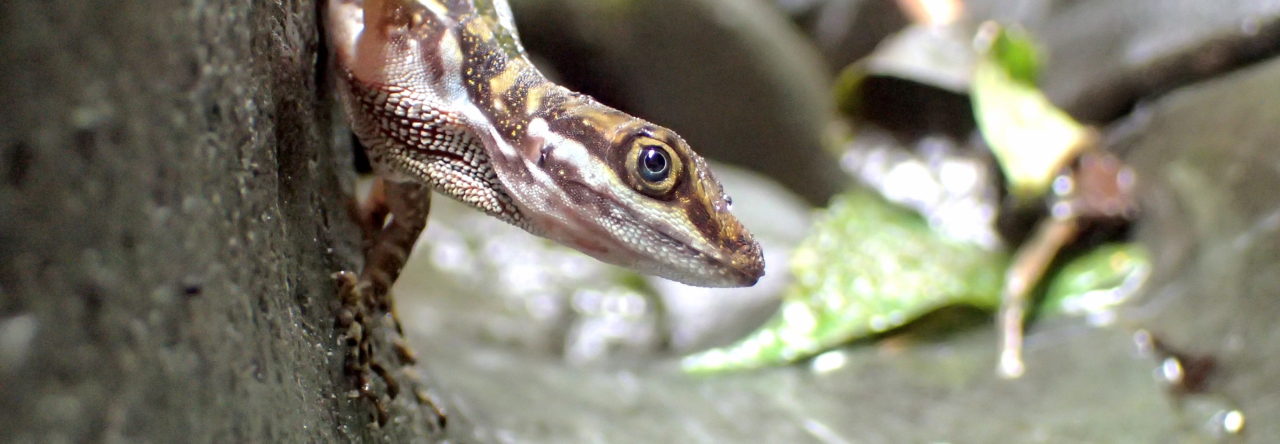
Over the last few months, there’s been a slow-boiling battle underway between Holly Dunsworth and Jerry Coyne about the evolution of sexual dimorphism in humans, surrounding the question of why male and female humans, on average, differ in size. The battlefield ranged from blogposts to twitter to magazine articles. In a nutshell, Coyne argued that “sexual dimorphism for body size (difference between men and women) in humans is most likely explained by sexual selection” because “males compete for females, and greater size and strength give males an advantage.” His whole argument was motivated by this notion that certain Leftists ignore facts about the biology of sex differences because of their ideological fears, and are therefore being unscientific.
Dunsworth’s response to Coyne’s position was that “it’s not that Jerry Coyne’s facts aren’t necessarily facts, or whatever. It’s that this point of view is too simple and is obviously biased toward some stories, ignoring others. And this particular one he shares…has been the same old story for a long long time.” Dunsworth went on to propose, seemingly off the cuff, alternative hypotheses for sexual dimorphism in body size in humans that were focussed not on men but on women, as examples of the kind of hypothesis that is relatively rarely considered or tested in this field.
Though on the surface this battle may seem to be about specific biological facts (Coyne certainly tries to win by treating it that way), in reality this disagreement is, as Dunsworth argues, about the process by which hypotheses are tested and about how knowledge comes into existence. About which hypotheses are considered for testing in the first place. As a result, the two ended up arguing past each other quite a bit.
As I followed this whole exchange, I shook my head at the timing–I had a paper in preparation that was SO RELEVANT to the centre of this debate! That paper is now available as a preprint, so I can try to outline why I think that Dunsworth is right, and Coyne is being short-sighted. My argument has *nothing* to do with humans, however–I don’t know the human sexual selection literature well enough to weigh in on that. Instead, my argument is by analogy with our knowledge of mating systems in Anolis lizards.


















